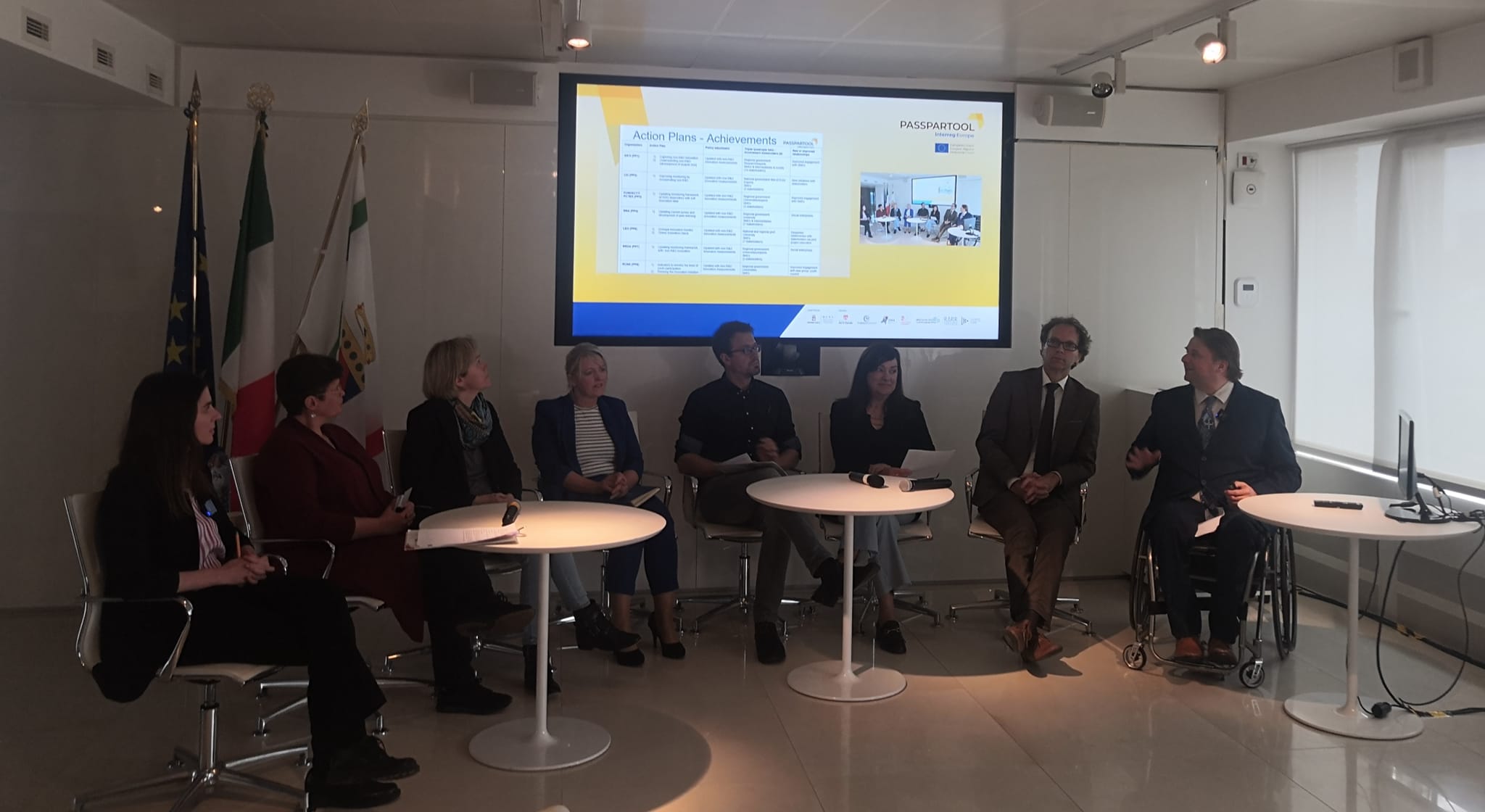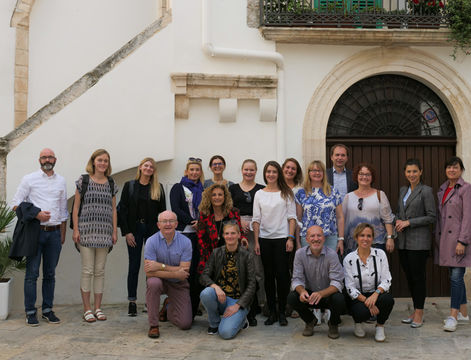Most countries have some form of policy to provide incentive to perform Research & Development (R&D) investments. R&D is recognized as a powerful driver of innovation and its level of investment proves to be correlated to economic growth, employment and competitiveness.
But the implementation of new processes, products, services or business models often emerges from micro and small businesses, with limited financial resources and without formal R&D investment. Therefore, another topic is becoming also relevant to regional innovation policies promoting competitiveness. In an increasingly complex world where technology itself is not a differentiator between successful and less successful firms, non-R&D innovation is deemed as a key asset to achieve the new societal challenges.
PASSPARTOOL chose to start its thematic study right with exploring the instruments to promote and monitor non-R&D innovation. And the first effort goes into framing the definition of non-R&D innovation in order to build a common conceptual framework among partners.
According to the project partners, non-R&D innovation refers to innovation that does not originate from dedicated or contracted R&D teams. It refers to non-science-based activities, and it goes beyond the application of a systematic body of knowledge into a new product. Such innovations often originate from less systematic research activities and results from creativity, inspiration, incorporation of cultural aspects. Non R&D innovation is about reconfiguring existing technical and non-technical elements to create additional value to customers by using different marketing approaches, addressing the needs of new customer groups, developing a new product in an existing product category, or developing a completely new business model.
By focusing on firms’ processes and activities, the topic is articulated in different dimensions:
- the non-R&D innovation expenditures (machinery, computer hardware and software, patents and licenses, trial production and tooling up, market research and feasibility studies, design and production engineering, customer surveys and consultancy assignments);
- the non-R&D learning mode (non-R&D human capital development, systemic learning activities, modifications and incremental changes, imitative activities, recombination of existing knowledge);
- the non-R&D innovative outputs of firms’ activities (product or service innovations, marketing innovations, process innovations, business model innovations, organizational innovations).
In the next step, PASSPARTOOL will identify interesting non-R&D innovation practices/experiences within the consortium and explore the implication for monitoring and evaluating this type of activities.











